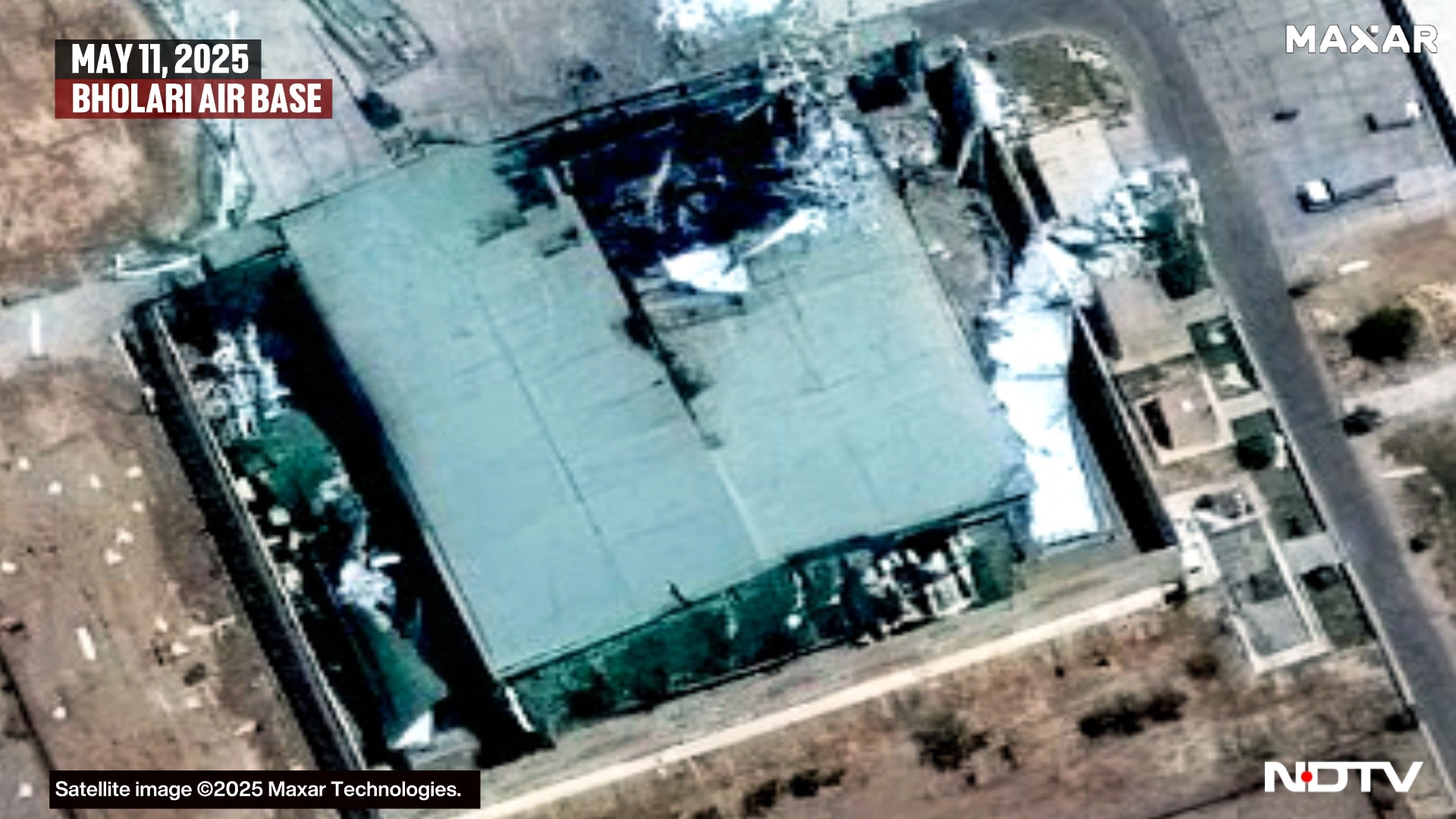Recent satellite imagery has unveiled the aftermath of India’s military strikes, revealing significant destruction, including destroyed hangars and craters on runways. These images provide a stark visual representation of the precision and impact of the operations conducted. The satellite pictures not only illustrate the extent of the damage but also highlight the strategic implications of these strikes in the region. The craters on the runways indicate that the operations were designed to incapacitate key military infrastructure, potentially hindering the operational capabilities of the targeted forces.
The destruction of hangars, which typically house aircraft and other military assets, suggests that the strikes aimed to eliminate or severely degrade the enemy’s air power. This tactic is critical in modern warfare, where air superiority often plays a pivotal role in determining the outcome of conflicts. The analysis of these satellite images shows a clear intent to disrupt the logistics and operational readiness of the opposing forces. Furthermore, the imagery serves as a powerful testament to the technological advancements in reconnaissance that allow for such detailed assessments of military actions.
In addition to the immediate impact on military capabilities, these strikes and their visual documentation could have broader geopolitical ramifications. They send a strong message about India’s military readiness and willingness to act decisively in defense of its national interests. The clarity of the satellite images also allows for international scrutiny and analysis, ensuring that the implications of such military actions are understood beyond the borders of the affected regions. As tensions rise in the area, the significance of these strikes and the clarity of the satellite images will likely play a crucial role in shaping future military and diplomatic strategies.
Overall, the detailed satellite images not only capture the physical destruction but also reflect the complexities of modern warfare, where technology and strategy intertwine. The visual evidence of India’s military strikes serves as a reminder of the evolving nature of conflict and the importance of maintaining vigilance in an increasingly volatile geopolitical landscape.




